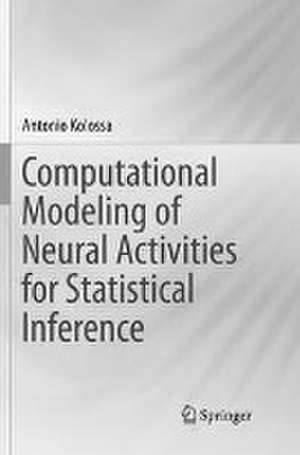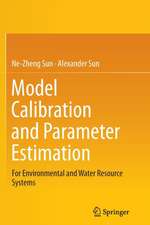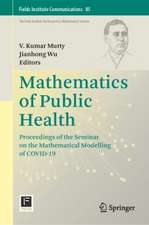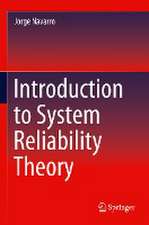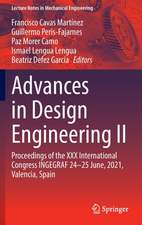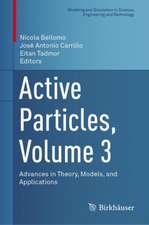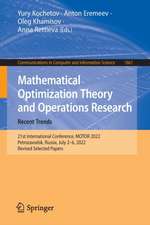Computational Modeling of Neural Activities for Statistical Inference
Autor Antonio Kolossaen Limba Engleză Paperback – 27 mai 2018
| Toate formatele și edițiile | Preț | Express |
|---|---|---|
| Paperback (1) | 379.86 lei 6-8 săpt. | |
| Springer International Publishing – 27 mai 2018 | 379.86 lei 6-8 săpt. | |
| Hardback (1) | 386.99 lei 6-8 săpt. | |
| Springer International Publishing – 23 mai 2016 | 386.99 lei 6-8 săpt. |
Preț: 379.86 lei
Nou
Puncte Express: 570
Preț estimativ în valută:
72.68€ • 76.16$ • 60.09£
72.68€ • 76.16$ • 60.09£
Carte tipărită la comandă
Livrare economică 12-26 aprilie
Preluare comenzi: 021 569.72.76
Specificații
ISBN-13: 9783319812434
ISBN-10: 3319812432
Ilustrații: XXIV, 127 p. 42 illus., 20 illus. in color.
Dimensiuni: 155 x 235 mm
Greutate: 0.22 kg
Ediția:Softcover reprint of the original 1st ed. 2016
Editura: Springer International Publishing
Colecția Springer
Locul publicării:Cham, Switzerland
ISBN-10: 3319812432
Ilustrații: XXIV, 127 p. 42 illus., 20 illus. in color.
Dimensiuni: 155 x 235 mm
Greutate: 0.22 kg
Ediția:Softcover reprint of the original 1st ed. 2016
Editura: Springer International Publishing
Colecția Springer
Locul publicării:Cham, Switzerland
Cuprins
Basic Principles of ERP Research, Surprise, and Probability Estimation.- Introduction to Model Estimation and Selection Methods.- A New Theory of Trial-by-Trial P300 Amplitude Fluctuations.- Bayesian Inference and the Urn-Ball Task.- Summary and Outlook.
Textul de pe ultima copertă
This authored monograph supplies empirical evidence for the Bayesian brain hypothesis by modeling event-related potentials (ERP) of the human electroencephalogram (EEG) during successive trials in cognitive tasks. The employed observer models are useful to compute probability distributions over observable events and hidden states, depending on which are present in the respective tasks. Bayesian model selection is then used to choose the model which best explains the ERP amplitude fluctuations. Thus, this book constitutes a decisive step towards a better understanding of the neural coding and computing of probabilities following Bayesian rules. The target audience primarily comprises research experts in the field of computational neurosciences, but the book may also be beneficial for graduate students who want to specialize in this field.
Caracteristici
Provides empirical evidence for the Bayesian brain hypothesis Presents observer models which are useful to compute probability distributions over observable events and hidden states Helps the reader to better understand the neural coding by means of Bayesian rules Includes supplementary material: sn.pub/extras
